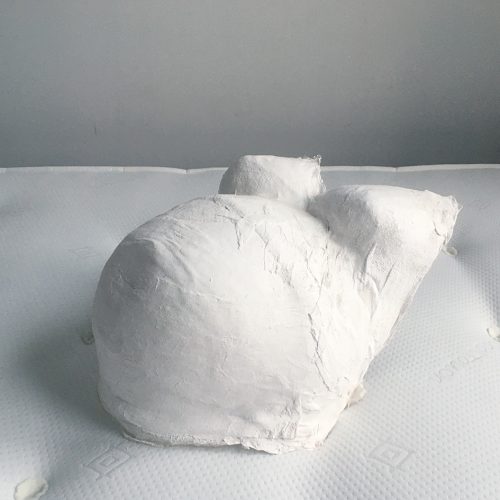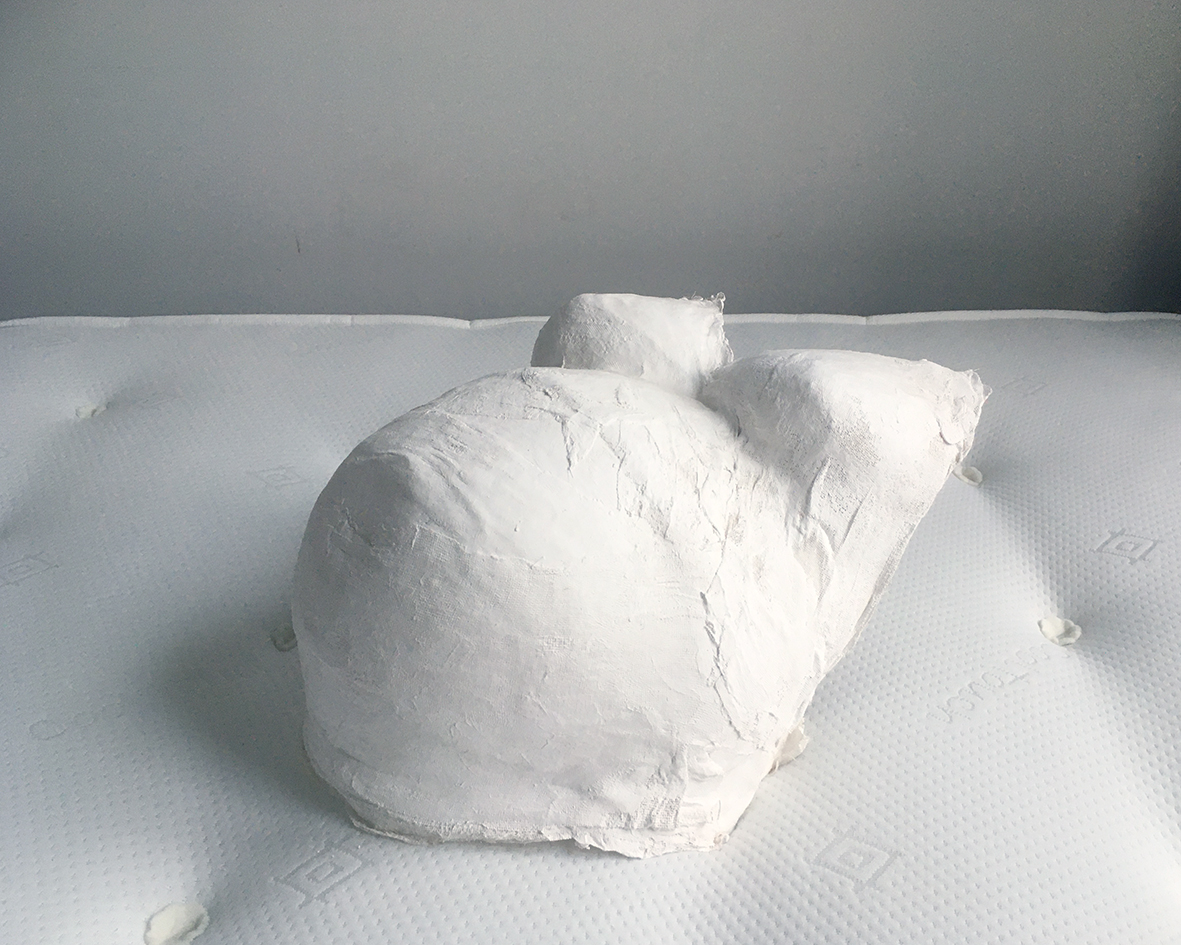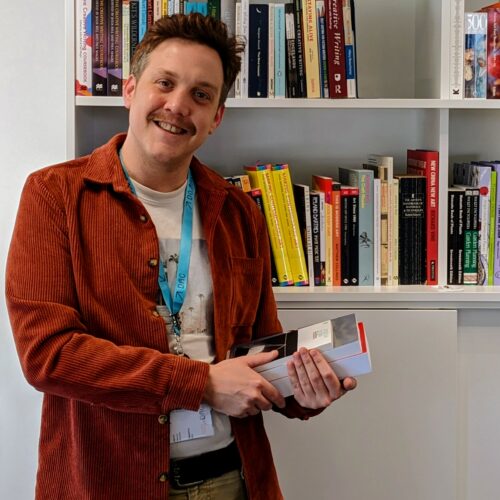
In Conversation: Gina Lundy and Dan Robinson – periodic review and vision for photography?
From the end of January Photography Programme Leader Gina Lundy will be taking maternity leave. We are really excited to welcome Dan Robinson into the role whilst she is away. Below, Dan and Gina discuss the coming 12 months, course review and the vision for the Photography Programme going forward.

Gina: We are all really pleased that you are taking on the role of leading the Photography and Moving Image Programme for the next 12 months, I wonder if you could tell the wider student community a bit about your background as an artist and educator
Dan: Thanks, I’m very happy to take on the role. I’d say my practice as an educator, artist and writer are quite interwoven. I create images, stories and events using photography, writing and installation. My projects emerge out of places and situations often working with others. For me, photography is part of a wider practice that is continuously evolving. I love how photography and writing can be so light-footed. I have made large sculptures and installations but more recently I like to work on the move and with minimal kit.
Gina: What drew you to applying for the role?
Dan: I’ve met photography students at study visits and Arts & Environment online meets, and was commissioned by OCA to make an artist case study for the short course you co-wrote with Doug Burton, Investigating Place. I appreciated being asked to put myself in the same shoes as a student – making and sharing a learning log of my place-based artistic process. I liked how it collapsed the artist-teacher role and this felt exciting for OCA and it chimed with me — a sense of being part of a more horizontal learning culture. My Yorkshire case study involved poetry, photography, mobile phone videos, horses, a river, steel guitar and a dog called Roxy. I liked being alongside other artist case studies in far flung places. After that, the photography programme seemed a good fit.
Gina: When did you join OCA and what teaching did you do before?
Dan: In previous art school roles, I led an interdisciplinary art & design degree, a lens-based media pathway of Fine Art. I seem to get drawn to spaces between curriculum and other stuff, things that spill out of the art school— running groups, allotment projects, trips, exchanges, collaborations. I’ve set up a staff practice-research cluster, international exchanges and offsite projects. I joined OCA in 2017 as a tutor and learning designer and then started doing student visits, mostly outdoors. I love the interdisciplinary and open-access nature of OCA and the richness that students life experience and other expertise can bring in to creative projects. Last year, I co-developed a series of Arts & Environment visits and online resources as part of OCA pilot activity.
Gina: Can you tell our students about this wider pilot activity?
Dan: As I understand it, OCA has been testing developments for learning design in response to student feedback. I’d say OCA is moving towards more responsive models to support student and tutor engagement around current debates and practice.
Gina: What is your relationship to photography?
Dan: I don’t usually describe myself as a photographer but photography is at the core of my activity. Sometimes I commission other photographers to work with me. I’ve worked with super 8 and 16mm film and video. I was a digital media, video and film technician at Chelsea school of art and used to teach photoshop. My practice PhD looked at the role of photography as documentation in expanded art practices. In many ways my long term interests in photography have been consistent. As a Fine Art second year at Newcastle University, I invited my tutors to my allotment to asses a sculpture, then—click—took a photograph. I still don’t know if the work was the sculpture, the photo, the event or a story. I like how events make images and images make events. At my interview for this post, I showed Nikki S. Lee, Allan Kaprow and Hayley Newman to talk about the push and pull of photography as document and performance. I take photographs every day. I think I might be a photographer.

Dan: Back to OCA, I wanted to ask you about periodic review. For anyone who doesn’t yet know, this is an eventful year at OCA with opportunity to update degree courses across OCA to help improve the students experience. You’ve told me about some of the important work that has gone into this involving students and tutors at OCA — focus groups, course rewriting, and new ways of offering group work, virtual visits and short courses — and how these are helping move the OCA Photography degree forward.
It seems that a big part of what this allows is being able to keep courses lively and up-to-date, and also nurturing a more joined up culture of sharing and dialogue around current practice-research. Would you agree? What do you think the main changes are going to be and how is it going to help students?
Gina: I think you’ve encapsulated that well. It’s going to be an eventful year but the changes won’t be happening overnight and there’s still plenty of consultation and planning underway. I think the main changes will be to the overall structure of the degree, bringing each programme into a similar structure in line with OCA’s strategic vision and learning design framework. Tutoring is another area that we’re keen to evolve and group work is one of the main ways we are looking to develop this, there are several online groups currently being trialled, across units and levels. We are planning to embed opportunities for online group work within our core provision, giving students more opportunities to connect with tutors and peers in a supportive and critically challenging environment. Following student consultation, tutor feedback and work with focus groups, we will also be re-imagining the delivery and structure of Level 6. The link between practice and research will become explicit and students will be supported to a greater extent to identify their area of study earlier on in their studies.
Dan: What are the challenges?
Gina: Working at a distance has many benefits but it also presents significant challenges especially when wanting to consult on a range of ideas that are complex, nuanced and benefit from dialogue. Communication can become fractured and ideas can be hard to articulate over longer time frames with shifting institutional landscapes. At some stage you have to commit to the change and then make it happen – that’ll be the most challenging part, putting the ideas into practice!
Dan: Is it going to change the role for tutors?
Gina: I would hope so, we have so many talented tutors on our team that do fantastic work within our community and where this is the case it would be a real step forward to explicitly recognise this within the delivery and management of the course.
Dan: Are these changes the same across degree programs, or are there things you want to put in place specific to Photography?
Gina: Many of the changes are the same for all degrees undergoing review such as the structure, assessment criteria, access to course resources, embedding group work etc. The drive to re-vision Level 6 came from a review of the current photography provision at this stage and has been developed in dialogue with all programme leads and the directors. The changes to Level 6 will apply across all programmes currently under review however their content will vary in both nuance and focus according to subject areas. There is also OCA’s digital transformation that is currently underway in the form of the new VLE, again this applies to all courses at OCA but my recent experience of authoring/developing 2 short courses on the VLE has filled me with hope for what is possible and achievable within this new interface.
Dan: What are your aspirations for the course this year?
Gina: To create more opportunities for tutor involvement within units and levels. To establish structured points for peer feedback and group dialogue. To build a vibrant online community that welcomes new members. To seek out more opportunities as a course for our graduates and to encourage tall learners to consider the full range of potential creative possibilities current photographic practice offers.

Dan: Do you expect to see change when you come back in a year?
Gina: Some but not massively so ( go easy Dan!) I would expect to see further planning and consultation within our community of learners and tutors, and to see this reflected in course design and commissioning whilst I’m away. A lot of work has already gone into the articulation of the course vision for the coming years, the next stage, post periodic review is to get down to the practicalities of making it happen.
Dan: How has the Program changed in the last 2 years since you’ve being in post?
Gina: I don’t think the programme has visibly changed much in the past 2 years in terms of the course documents and general outward facing interface. However much work has been going on behind the scenes and some of this should start to become more evident over the next 12 months – most photography units have been updated since I started with OCA and these updates will start to filter down soon. Where it has changed more significantly is as an institution with more colleagues joining the team and a greater sense of OCA’s institutional identity as part of UCA coming to the fore. Periodic review feels like it is the first opportunity to officially articulate a vision of what our programme will look like going forward and to build upon the foundations we have started to lay down. Exciting times ahead!
Dan: The open access and online offer seems to be at the heart of what is unique about our Photography program. Apart from this, are there particular values or approaches that you think make our program distinct?
Gina: In terms of particular values and approaches my predecessor and the other programme leads at OCA took the programme through 10 years of transformation, moving OCA towards the current vision that we are proud of today, one in which Photography is firmly rooted as a fine art practice as opposed to limited to an exercise in vocational training and technical expertise. I’d like to further develop our vision in line with current photographic practice, returning to some of the magic of the darkroom and ‘ah ha’ moments that first enticed so many of us into photography, encouraging a greater sense of risk taking, experimentation and creativity with photography as a medium and taking a broader, global view of the varying contexts in which photography is situated.
Dan: Yes, I like that. The magic of image-making in the dark, whilst open to challenging the role photography can play in the world.
Thanks Dan, it feels strange to be heading off for a year but I know the course is in safe hands and that you’ll do a super job of steering the programme through the months ahead. I wish you the best of luck with it and I know our student and tutor community will make you feel very welcome.
Dan: Thanks. I’m sure everyone at OCA sends you luck and best wishes!
|
|






